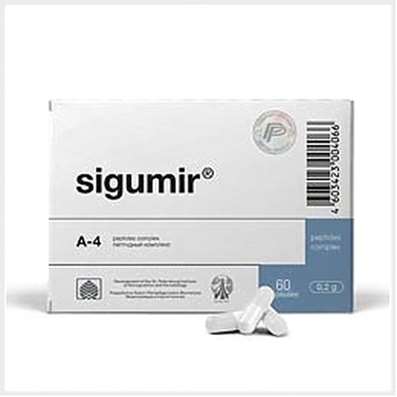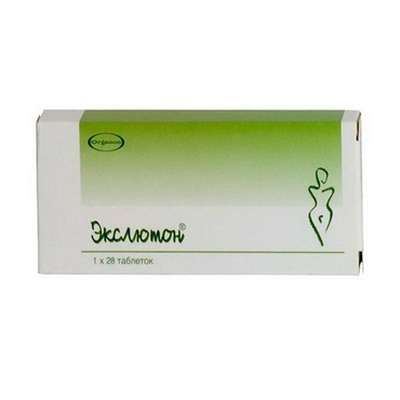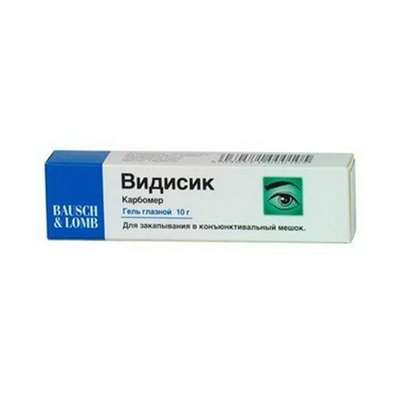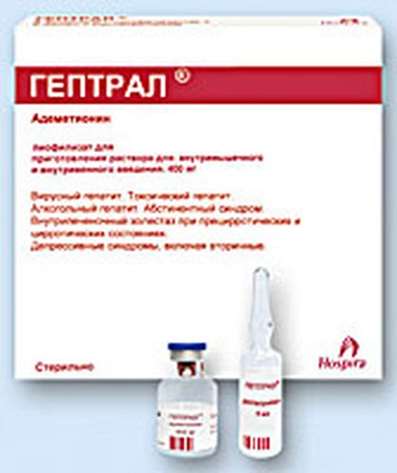Instruction for use: Bupicaine
I want this, give me price
Dosage form: solution for injection
Active substance: Bupivacaine
ATX
N01BB01 Bupivacaine
Pharmacological group:
Local Anesthetics
Composition and release form
Solution for injection 0.5% 1 ml
bupivacaine hydrochloride (in terms of bupivacaine) 5 mg
auxiliary substances: sodium chloride; Trilon B; solution of hydrochloric acid 0.1M to pH 4.65; water for injections
in bottles of 20 ml; in a pack of cardboard 1 bottle.
Pharmacological group:
Mode of action - local anesthetic.
Dosing and Administration
Injection for blockade of the trigeminal nerve - 1-5 ml (2.5-12.5 mg), for blocking the stellate ganglion - 10-20 ml (25-50 mg), for prolonged epidural anesthesia - 20 ml (50 mg), further 6-16 ml (15-40 mg) every 4-6 h, for intercostal blockade - 2-3 ml (10-15 mg) per nerve (only 10 nerves), for large blockades (sacral, brachial, etc.) ) - 15-30 ml (75-150 mg).
To conduct anesthesia in obstetrics use in the initial doses (the administration can be repeated every 2-3 hours): for epidural and caudal anesthesia (with normal delivery and vacuum extraction) - 6-10 ml (15-25 mg), for epidural blockade at Caesarean section - 15-30 ml (75-150 mg), bilateral pudendal blockade - 5-10 ml (12.5-25 mg). The maximum dose for a 4-hour period is 2 mg / kg (up to 150 mg). The maximum recommended dose is 400 mg / day. The total dose is calculated taking into account the patient's physical status.
When conducting epidural anesthesia, you must first enter a test dose - 3-5 ml of the solution under the control of the general condition of the patient and monitoring heart rate.
Conditions for storing Bupicaine
In the dark place. After opening the vial, the solution can not be stored.
Keep out of the reach of children.
Shelf life of Bupicaine
2 years.
Do not use after the expiry date printed on the package.

 Cart
Cart





